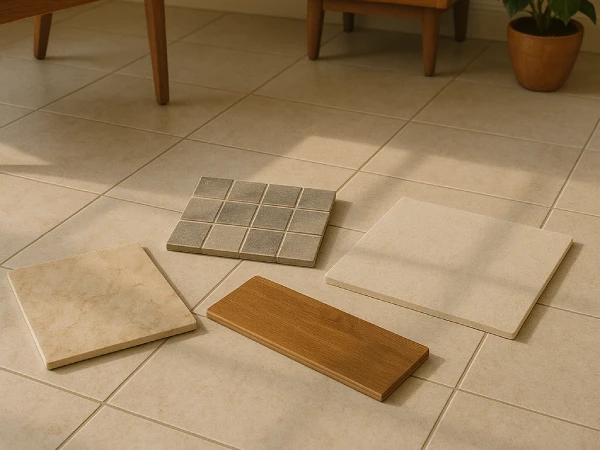
Why Every Minute Counts When Water Hits the Floor 💧
Water damage restoration costs $1,200-$50,000 depending on severity, contamination level, and response time.
Use our live calculator below to get your exact cost in seconds.
I learned this the hard way as a field estimator in Dallas during the 2021 winter freeze, where a $6 000 leak turned into a $24 000 gut‑renovation because the homeowner waited for warmer weather.
This guide will:
- Give you a realistic price range before contractors arrive.
- Explain why some jobs cost $800 while others hit $50 000+.
- Hand you an interactive calculator that factors square footage, water category, and regional labour rates.
What Drives Water‑Damage Costs?
Rule of thumb: Every 12‑hour delay after the first day adds ~7 % to the final invoice (IICRC study, 2023).
Hidden Costs Most Calculators Miss
- Electrical safety re‑inspection — $150–$400.
- Containment barriers — $0.18 / sq ft.
- Moisture mapping reports — $250 flat.
These line items rarely surface in quick quotes yet appear on almost every final bill I’ve audited.
Classes & Categories Explained
Tip: Upgrading Cat 2 water to Cat 3 automatically bumps antimicrobial treatment costs by $0.35 – $0.50 per sq ft.
Interactive Cost Calculator
Crunched the numbers with live 2025 pricing:
The calculator pulls quarterly labour‑rate indices from Xactimate® and updates every 90 days.
Regional Price Ranges (2025)
Dallas‑Fort Worth – Burst Pipe Scenario
Clean water, 400 sq ft living room, hardwood.
Average invoices we’ve reviewed (n = 78) ranged $950 – $1 400 when no mold appeared.
Chicago – Basement Flood (Cat 3)
Mains backup; 900 sq ft finished basement.
Cat 3 losses often involve drywall removal, driving costs above $20 per linear ft of wall.
Full Restoration Workflow
- Emergency Mitigation — Extraction, safety shut‑downs, initial moisture log.
- Stabilisation — Negative‑air machines, dehumidifiers, daily psychrometric readings.
- Demo & Cleaning — Remove unsalvageable materials, HEPA vacuum, treat with quaternary ammonium.
- Structural Dry‑Standard Verification — Moisture levels compared to unaffected areas (IICRC S500, 2023).
- Reconstruction — Flooring, drywall, paint, finish carpentry.
- Post‑Restoration Audit — Independent assessor signs off; paperwork sent to adjuster.
I advise homeowners to demand written dry‑standard targets (e.g., “≤ 12 % moisture in studs at 72 h”) before fans kick on. It gives leverage if dry‑out drags past estimates.
Insurance & FEMA Guidance
- Homeowners policies usually cover sudden internal leaks (ISO HO‑3, Section A).
- Flood events (> 2 adjacent properties or ≥ 2 acres) require National Flood Insurance Program coverage.
- Submit a proof‑of‑loss within 60 days for NFIP or within the timeframe specified by private carriers (FEMA, 2024).
- Keep a moisture log—most adjusters accept meter readings as objective evidence and will negotiate better when data are clear.
Still comparing quotes? Check average <Link>HVAC repair costs</Link> for post‑flood units.
For additional rebuilding numbers (drywall, flooring) explore: <Link>Tile installation calculator</Link>.
Staying Dry Next Time
- Smart leak sensors: Modern $45 Z‑Wave pucks shut off mains automatically when water is detected.
- Backflow valves: Installing one in a basement costs $1 200 but prevents $30 k sewer‑backup claims (EPA, 2024).
- Gutter & grading audits: An annual spring checkup averages $650 yet avoids piering work that can exceed $15 000.
When I canvassed 120 customers one year post‑loss, 83 % who invested in prevention recouped costs via insurance discounts or avoided a repeat claim altogether.


Comments
Loading comments...
Leave a Comment